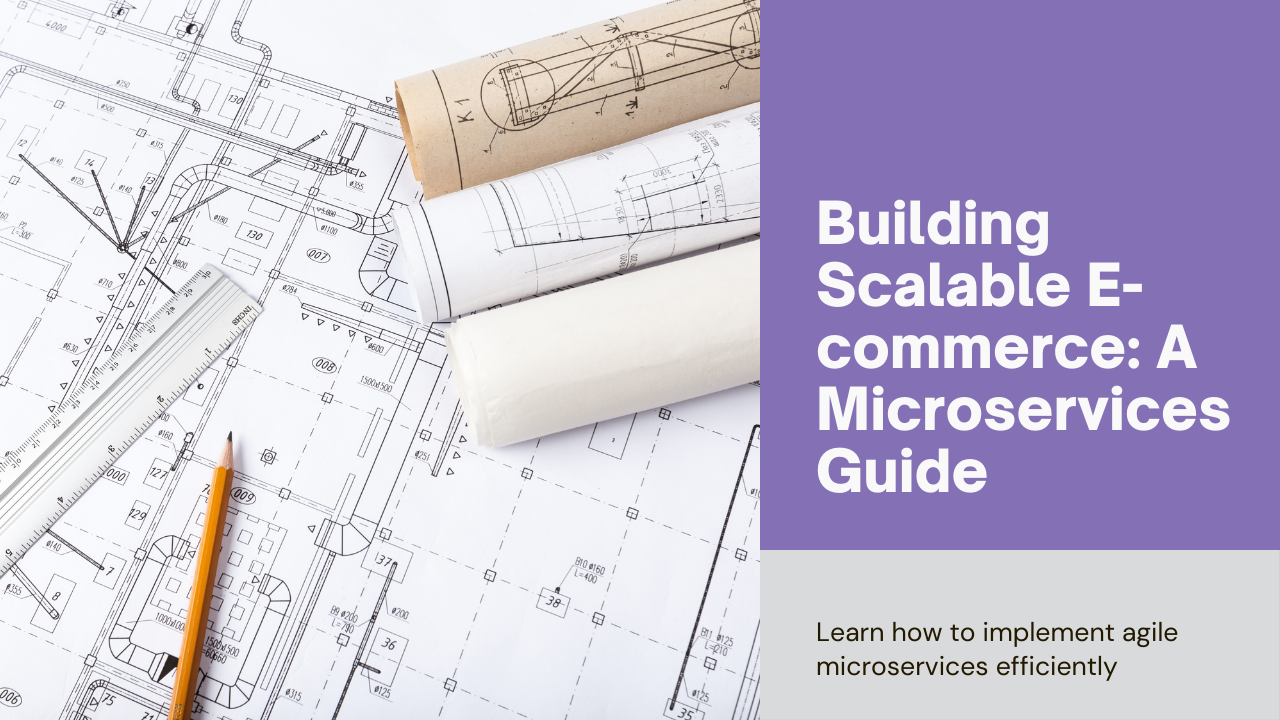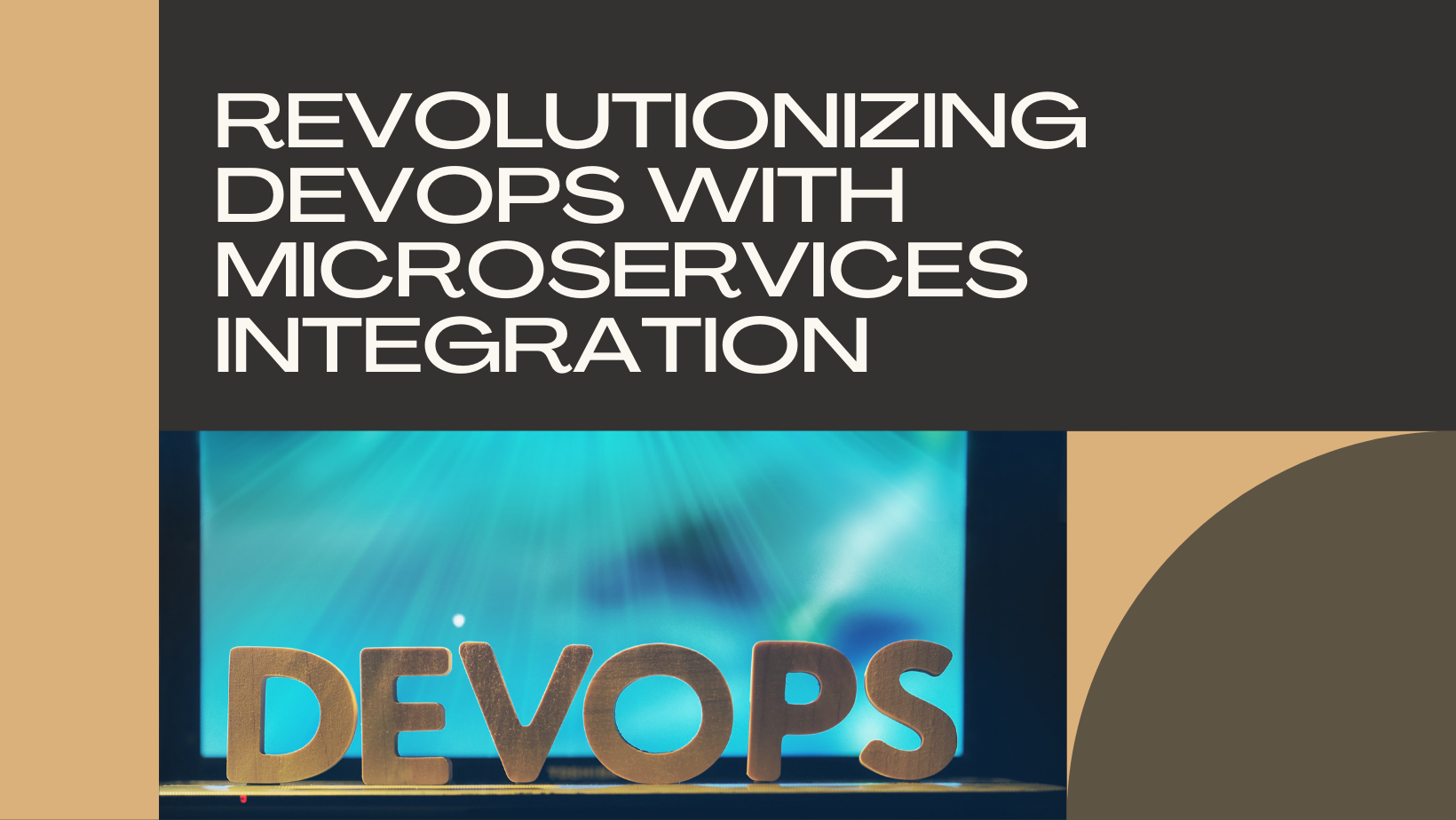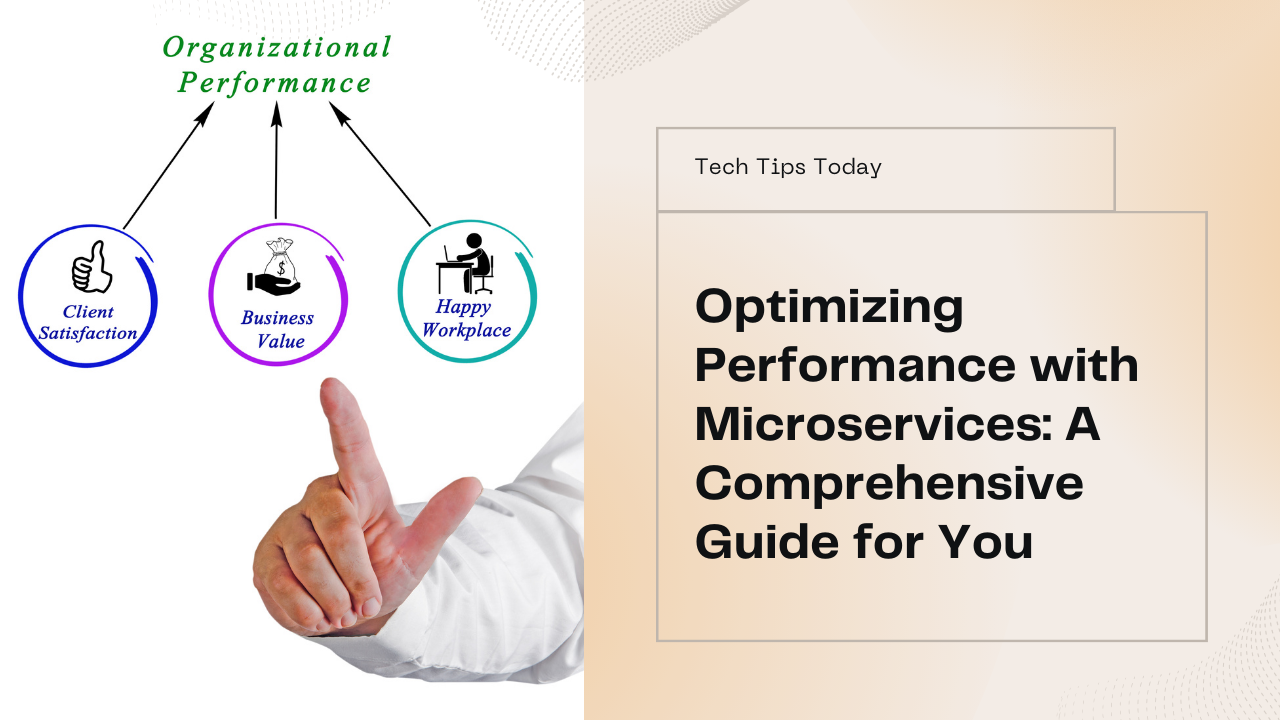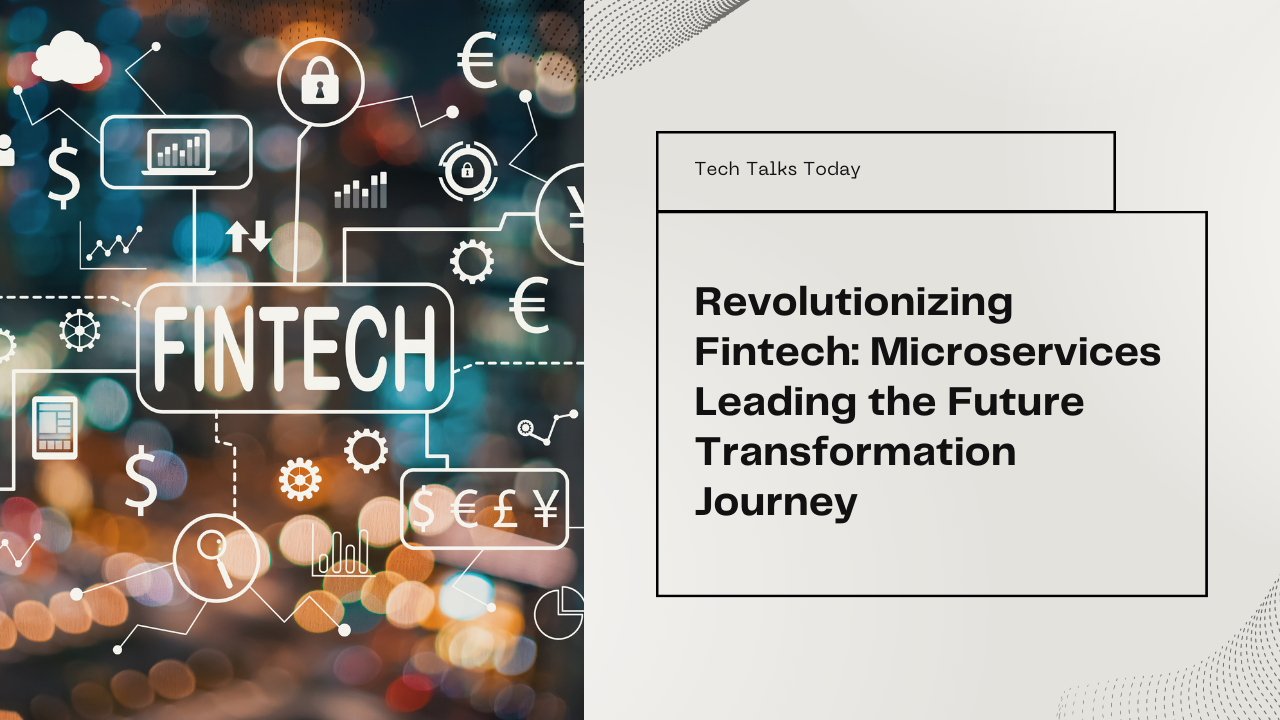In today’s fast-paced digital landscape, e-commerce businesses need robust, scalable, and flexible solutions to meet the ever-growing demands of consumers. Traditional monolithic architectures often fall short, leading to performance bottlenecks and limited scalability. Microservices architecture has emerged as a game-changing approach, enabling e-commerce platforms to enhance their agility, scalability, and resilience. In this guide, we will delve into the intricacies of developing microservices for e-commerce, exploring the benefits, best practices, and key considerations to ensure a successful implementation.
Understanding Microservices Architecture
What are Microservices?
Microservices are a software development technique where an application is divided into small, independent services, each responsible for a specific business function. These services communicate with each other through well-defined APIs and can be developed, deployed, and scaled independently. This architecture contrasts with the traditional monolithic approach, where all functions are tightly integrated into a single codebase.
Why Choose Microservices for E-commerce?
E-commerce platforms deal with a multitude of functionalities, such as product catalog management, order processing, payment gateways, user authentication, and more. The modular nature of microservices allows e-commerce businesses to scale these functionalities independently, enhancing performance and reliability. Additionally, microservices enable faster development cycles, easier maintenance, and better fault isolation, making them an ideal choice for modern e-commerce platforms.
Key Benefits of Microservices for E-commerce
Scalability
One of the primary advantages of microservices is the ability to scale services independently. E-commerce platforms often experience variable loads across different functionalities. For instance, during a sale event, the product catalog and checkout services may see a spike in traffic, while other services remain relatively unaffected. Microservices architecture allows these high-demand services to be scaled individually, ensuring optimal performance and resource utilization.
Flexibility and Agility
Microservices enable development teams to work on different services concurrently, leading to faster release cycles and reduced time-to-market for new features. This agility is crucial in the competitive e-commerce landscape, where businesses must quickly adapt to changing market trends and customer expectations.
Improved Fault Isolation
In a monolithic architecture, a failure in one component can potentially bring down the entire application. Microservices improve fault isolation by compartmentalizing functionalities. If one microservice fails, it does not necessarily impact the others, enhancing the overall resilience of the system.
Technology Diversity
Microservices allow the use of different technologies and programming languages for different services. This flexibility enables e-commerce businesses to choose the best tools for each specific function, optimizing performance and leveraging the strengths of various technologies.
Best Practices for Developing Microservices for E-commerce
1. Domain-Driven Design (DDD)
Domain-Driven Design (DDD) is a strategic approach to software development that emphasizes understanding the business domain and designing services around it. For e-commerce, this means identifying core domains such as product catalog, order management, inventory, payment processing, and user authentication. Each domain can then be developed as an independent microservice, ensuring clear boundaries and better alignment with business goals.
2. API Gateway
An API gateway acts as a single entry point for all client requests, routing them to the appropriate microservices. It handles authentication, load balancing, caching, and request transformation, simplifying communication between clients and microservices. For e-commerce platforms, an API gateway is essential for managing traffic and ensuring seamless user experiences.
3. Decentralized Data Management
In a microservices architecture, each service should manage its own data. This decentralization avoids the pitfalls of a shared database, such as coupling between services and performance bottlenecks. For e-commerce, this means separate databases for product catalog, orders, user accounts, and so on. This approach enhances data consistency, scalability, and fault isolation.
4. Event-Driven Architecture
E-commerce platforms often require real-time updates and asynchronous communication between services. Implementing an event-driven architecture using message brokers like Kafka or RabbitMQ facilitates seamless communication and ensures that changes in one service are propagated to others efficiently. For example, when an order is placed, an event can trigger inventory updates and payment processing.
5. Continuous Integration and Continuous Deployment (CI/CD)
To leverage the full benefits of microservices, adopting CI/CD practices is crucial. Automated testing, integration, and deployment pipelines enable rapid development and release cycles. For e-commerce, this means faster rollouts of new features, bug fixes, and performance improvements, ensuring the platform remains competitive and responsive to user needs.
6. Monitoring and Logging
Comprehensive monitoring and logging are essential for maintaining the health and performance of a microservices-based e-commerce platform. Implement tools like Prometheus, Grafana, and ELK stack (Elasticsearch, Logstash, Kibana) to track metrics, identify issues, and gain insights into system behavior. Effective monitoring helps in proactive issue resolution and ensures a seamless shopping experience for users.
Key Considerations for E-commerce Microservices
Security
E-commerce platforms handle sensitive customer data, such as payment information and personal details. Ensuring robust security measures across all microservices is paramount. Implement end-to-end encryption, secure API gateways, and adhere to industry standards like PCI-DSS for payment processing. Regular security audits and vulnerability assessments are also crucial.
Data Consistency
Maintaining data consistency across multiple microservices can be challenging. Implement strategies like eventual consistency and distributed transactions to ensure data integrity. Use techniques such as two-phase commits or Saga patterns to manage distributed transactions effectively.
Performance Optimization
Microservices architecture can introduce network latency due to inter-service communication. Optimize performance by minimizing the number of API calls, using efficient data formats like JSON or Protocol Buffers, and implementing caching mechanisms. Load testing and performance profiling are essential to identify and address bottlenecks.
Service Discovery
As the number of microservices grows, managing service instances and their communication becomes complex. Implement a service discovery mechanism using tools like Consul, Eureka, or Kubernetes to dynamically register and locate services. This ensures reliable communication and simplifies scaling.
DevOps Culture
Fostering a DevOps culture is critical for the success of a microservices-based e-commerce platform. Encourage collaboration between development and operations teams, automate repetitive tasks, and focus on continuous improvement. This culture ensures that the platform can adapt to changing requirements and deliver high-quality services consistently.
Real-World Example: Amazon’s Microservices Transformation
Amazon, one of the world’s largest e-commerce platforms, famously transitioned from a monolithic architecture to microservices. This transformation enabled Amazon to scale its platform to handle millions of transactions per second, improve fault isolation, and accelerate the development of new features. By adopting microservices, Amazon can innovate rapidly, enhance customer experiences, and maintain its competitive edge in the e-commerce industry.
Conclusion
Developing microservices for e-commerce is a strategic move that offers numerous benefits, including enhanced scalability, flexibility, fault isolation, and technology diversity. By following best practices such as Domain-Driven Design, implementing an API gateway, adopting decentralized data management, leveraging event-driven architecture, and embracing CI/CD and monitoring tools, e-commerce businesses can build robust, scalable, and resilient platforms.
At Sodio Technologies, we specialize in developing microservices-based solutions tailored to the unique needs of e-commerce businesses. Our expertise in microservices architecture, combined with our deep understanding of the e-commerce domain, ensures that we can deliver scalable, high-performance solutions that drive growth and success. Contact us today to learn more about how we can help you transform your e-commerce platform with microservices.







